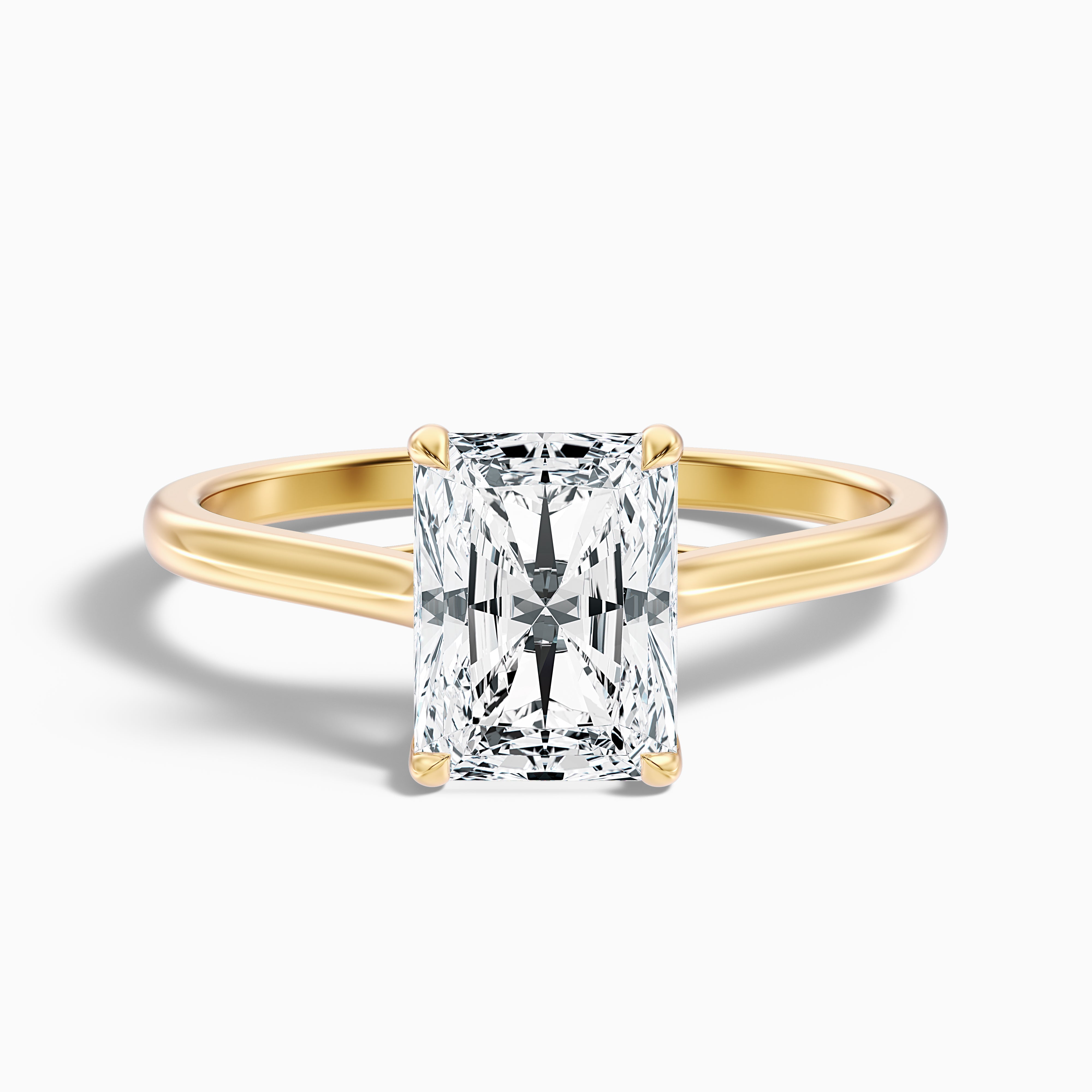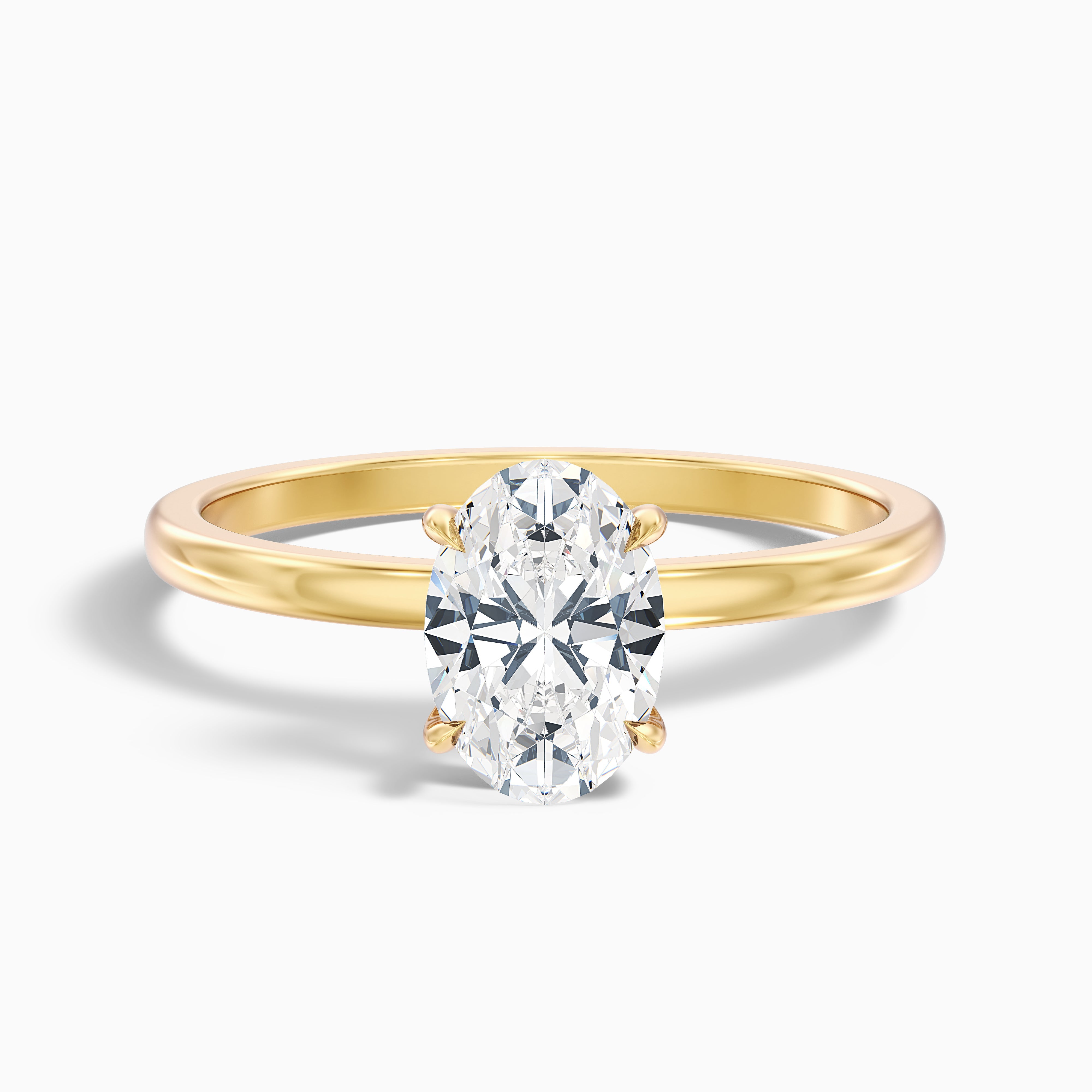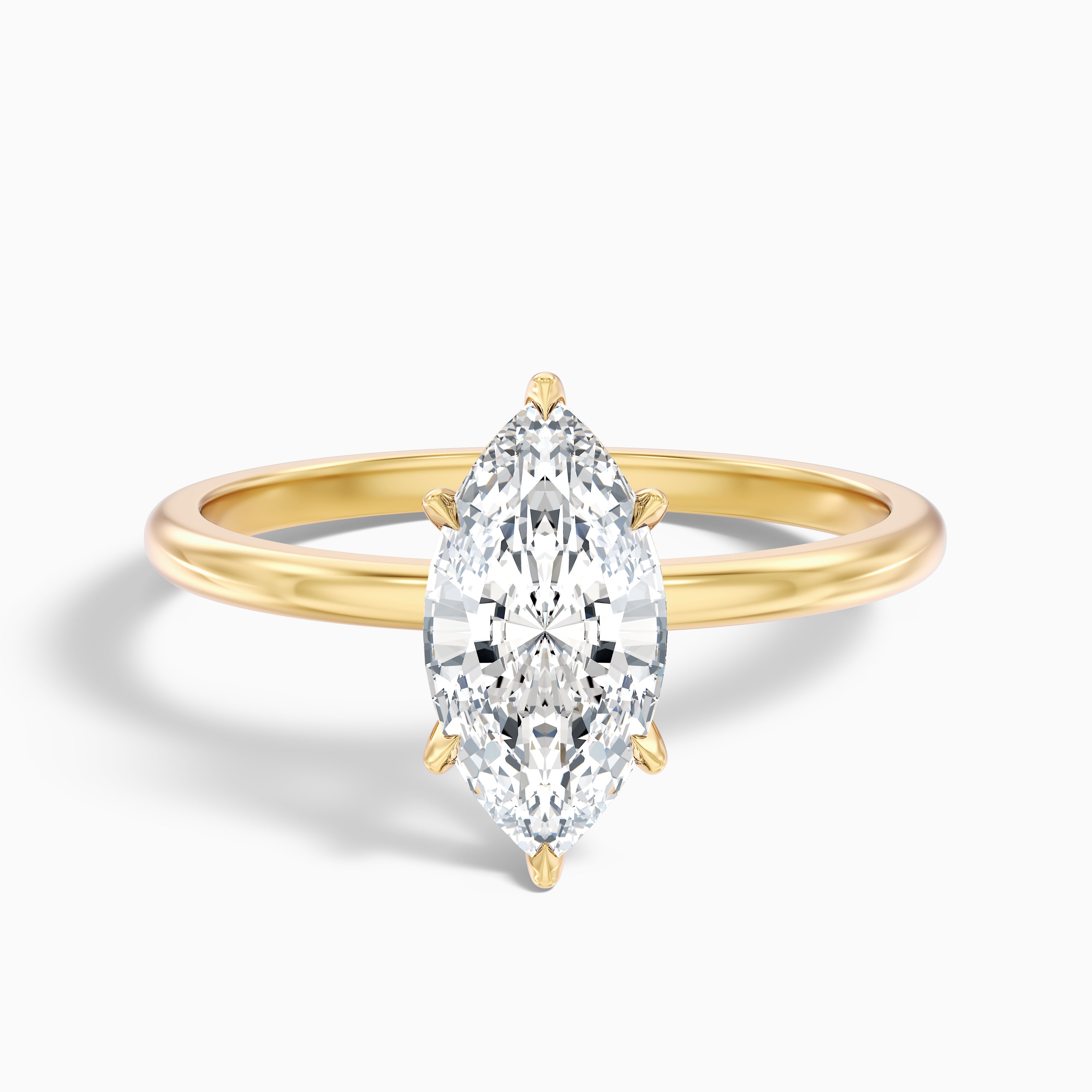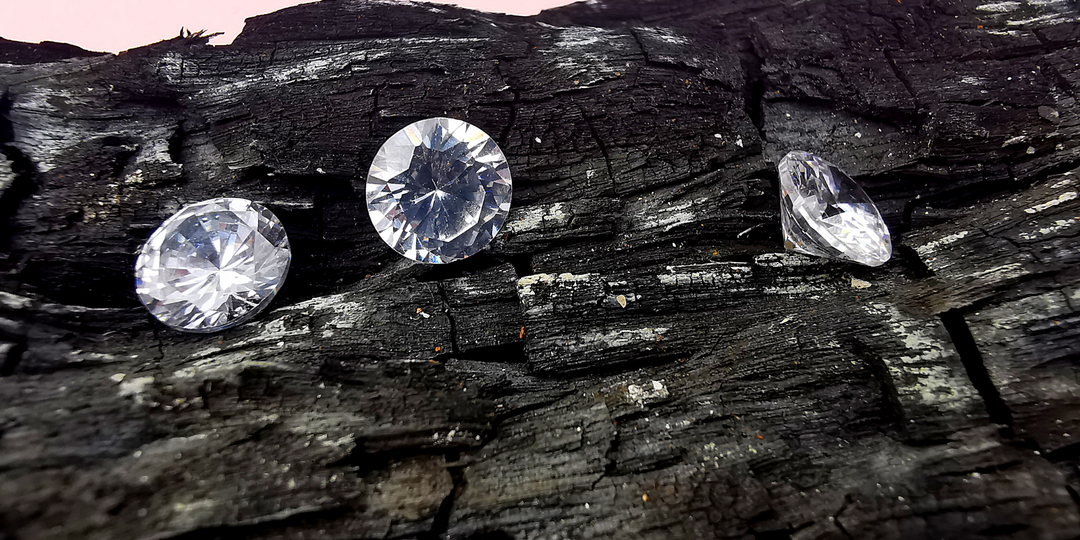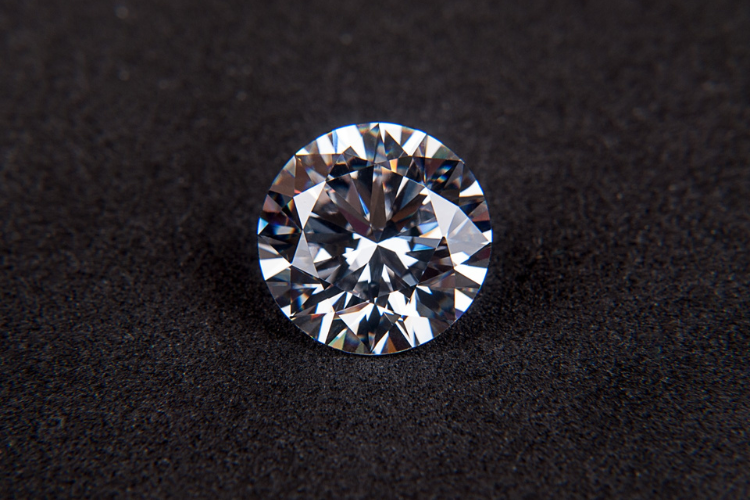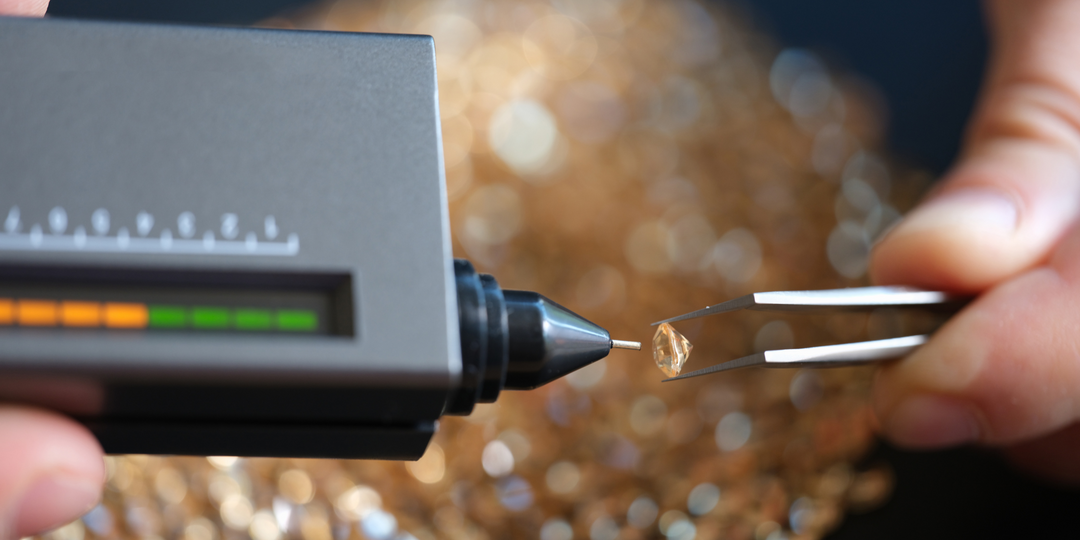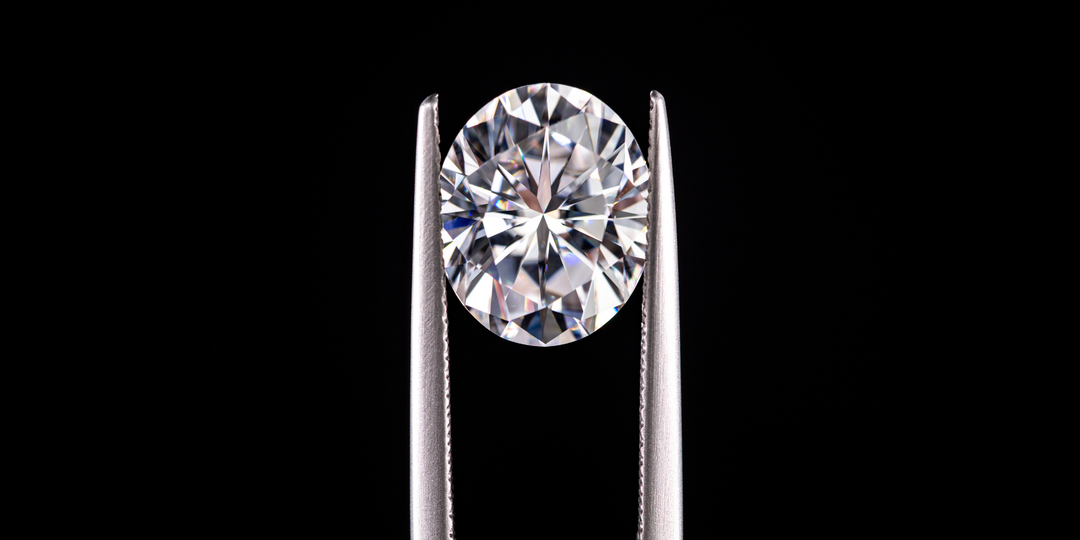How Long Do Lab Grown Diamonds Really Last Compared to Natural Diamonds?
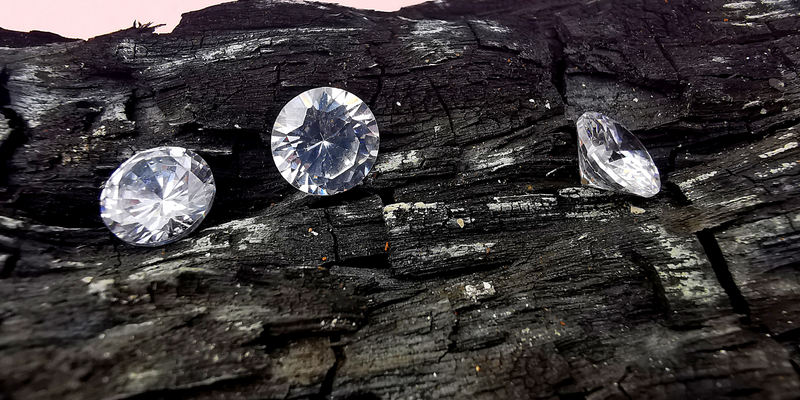
You might be thinking that lab grown diamonds are “temporary” compared to the stones pulled from deep inside the earth?
Many people assume that because Lab grown diamonds are made in a lab, they won’t last as long as natural ones. It’s a common misconception and one worth clearing up.
It’s a valid question because the jewelry world can be confusing at times, and we know myths spread like fire.
Let’s break it down clearly so you can see what actually lasts forever, and what doesn’t. Starting with understanding what natural and Lab grown diamonds are.
What do we mean by natural and lab grown diamonds?
A natural diamond is a crystal composed of carbon, formed deep underground (approx. 100km down) over billions of years. Higher levels of heat and pressure inside the Earth convert carbon atoms into a strong, crystallized structure that gives out diamonds.
Whereas a Lab grown diamond is created in a technical laboratory. Scientists try to form a replica of the natural environment by using extreme heat and pressure deep inside the earth to grow diamonds from a tiny “seed” of carbon. What used to take billions of years in nature can now be achieved in just a few weeks in the lab. A diamond with the identical crystal structure, chemical composition, and physical properties will be easily available in just weeks, unlike natural diamonds.
Lab grown diamonds are not imitations. They are just like mined diamonds but with a different origin story. It is also important not to confuse cubic zirconia or moissanite with diamonds. They don’t have the same material, hardness, or chemical composition.
How does durability work in diamonds?
When people ask how long diamonds last, they usually want to know if they can survive our daily routine.
Here’s the answer: diamond is the hardest natural substance known to humans. According to the Mohs scale (a system geologists use to measure hardness), diamond scores the highest in hardness. This means even if you wear it the entire day and do your chores, nothing will happen to the diamond, as no other natural substance can scratch it.
This stiffness is due to the way carbon atoms bind together in a diamond’s crystal structure. And because Lab grown and natural diamonds share the same atomic structure, they share the same hardness. A diamond is a diamond, no matter what the origin.
Do Lab grown diamonds lose their sparkle over time?
One of the biggest myths capturing the market is that Lab grown diamonds turn white and lose clarity or just become dull after a few years. No, they absolutely don’t!
A diamond’s sparkle depends on two things:
How is the stone cut?
How clean is it?
If oil, dust, or soap scum builds up on the surface, any diamond will lose its charm. This is correct for both natural and lab grown diamonds. A quick cleaning with warm water and mild soap restores the shine.
So, it is fair to say that fading does not occur in diamonds. They don’t lose color, look cloudy, and don’t change chemically. When diamonds are cared for properly, they can remain as bright as today after 10-20 years.
Longevity in real life
No proof is needed for natural diamonds to prove their longevity. The stone in an engagement ring might be sitting under the earth for three billion years before it is mined, but it still shines today as a new jewel.
Lab grown diamonds are similarly structured, so they’ll last just as long as natural diamonds. Their carbon architecture does not expire, weaken, or wear out. Think of them as indestructible time capsules of carbon. Whether formed by the earth or in a lab, the result is the same - a diamond that can be passed down for generations.
From a practical standpoint, this means if you buy a Lab grown diamond today, your grandchildren could inherit it centuries from now. It won’t get scratched or break. It won’t lose its shine. It will still be a diamond.
The real difference isn’t longevity
So, here comes the actual truth!
If durability isn’t the difference, the only distinction lies in origin.
- Natural diamonds are fabricated naturally underground and mined from the earth.
- Lab grown diamonds are created in labs using technology that imitates nature.
That’s it. Both last forever. Both can be cut, polished, and set into jewelry that becomes part of your story. The distinction is about history and philosophy, not about whether the stone will survive.
Some people prefer the romance of a diamond that’s billions of years old. Others like the innovation and accessibility of a diamond grown with modern science. Both are fine to choose, but they should be selected on the basis of what is best suited for an individual.
Why does source matter?
Whether it is natural or Lab grown diamonds, both last forever. A possible difference could be from where you buy them. Quality varies in terms of cut, clarity, and certification. A poorly cut diamond will not shine as much or may be sold cheaply.
At CaratBee, every Lab grown diamond is selected with the same rigor as a natural one. Stones are certified, ethically sourced, and cut to maximize beauty. That means when you choose a Lab grown diamond from CaratBee, you’re not only getting a stone that will last forever; you’re getting one that was chosen to shine beautifully for just as long. And because Lab grown diamonds are typically more affordable, you don’t have to compromise size or quality to own a timeless piece.
Conclusion
In the end, Lab grown diamonds last just as long as natural diamonds. Having the same formation of carbon crystallization into the hardest substance on earth does not bring any change in longevity. They don’t even fade, cloud, or wear out over time. Whether grown in a lab or formed deep beneath the Earth's surface, a diamond is forever. The only difference is where it comes from - earth or lab.
So, when you are choosing between natural & Lab grown diamonds, don't think of material, durability, shine, beauty, and sturdiness. Instead, focus on what is right for you; the parameters can be your values, your budget, and your sense of style. Because no matter which choice you make, a diamond remains what it has always been - the most enduring gem in the world.

